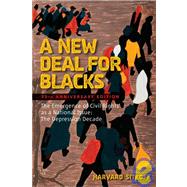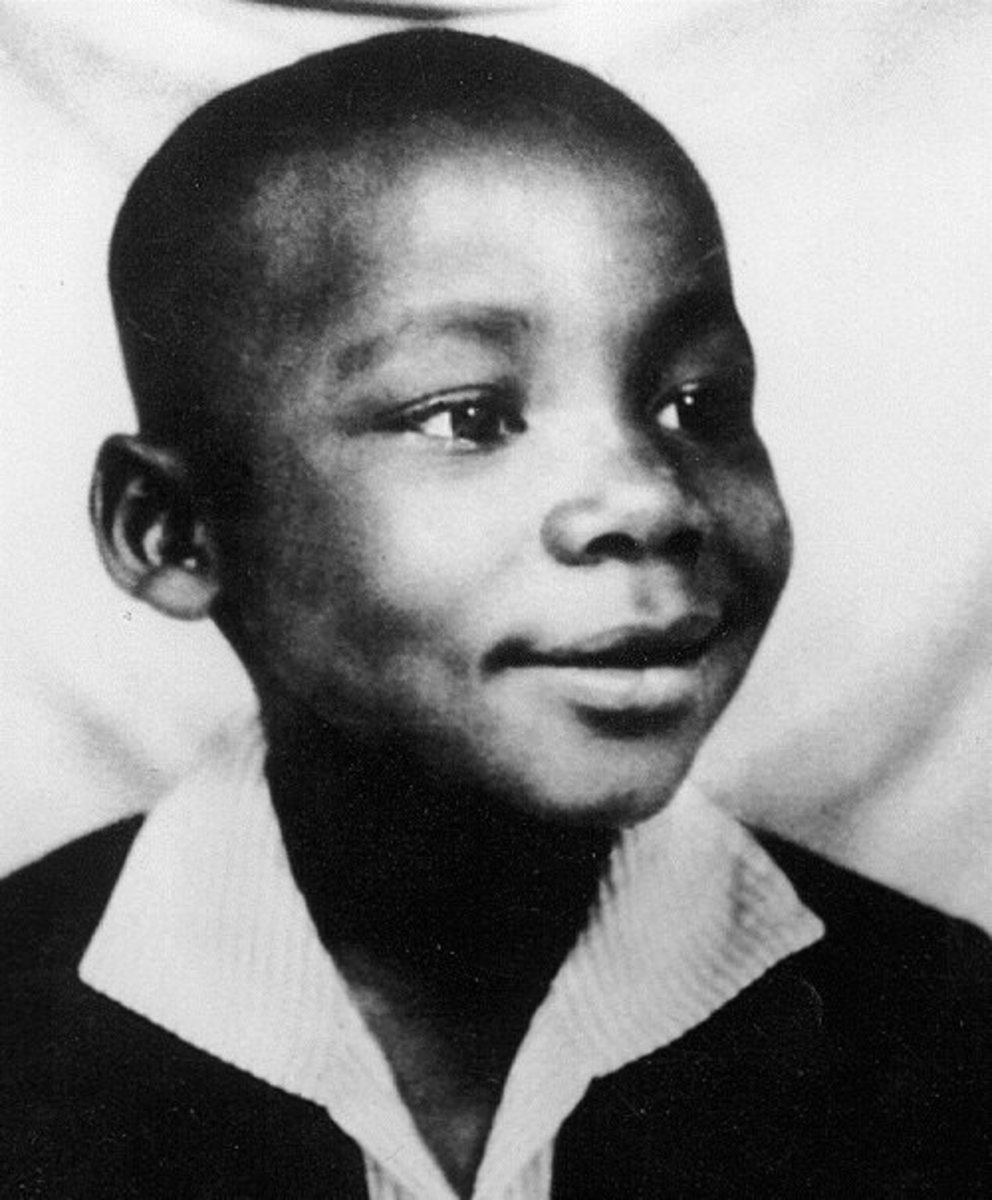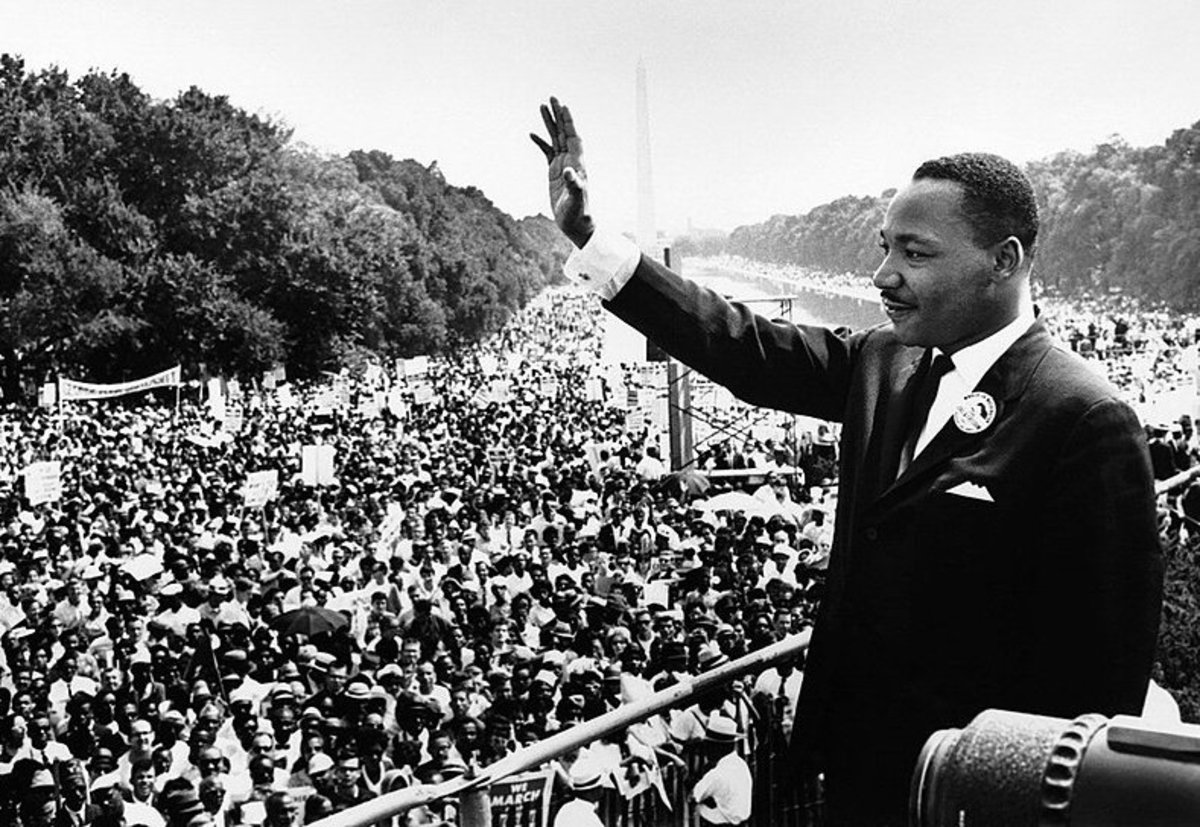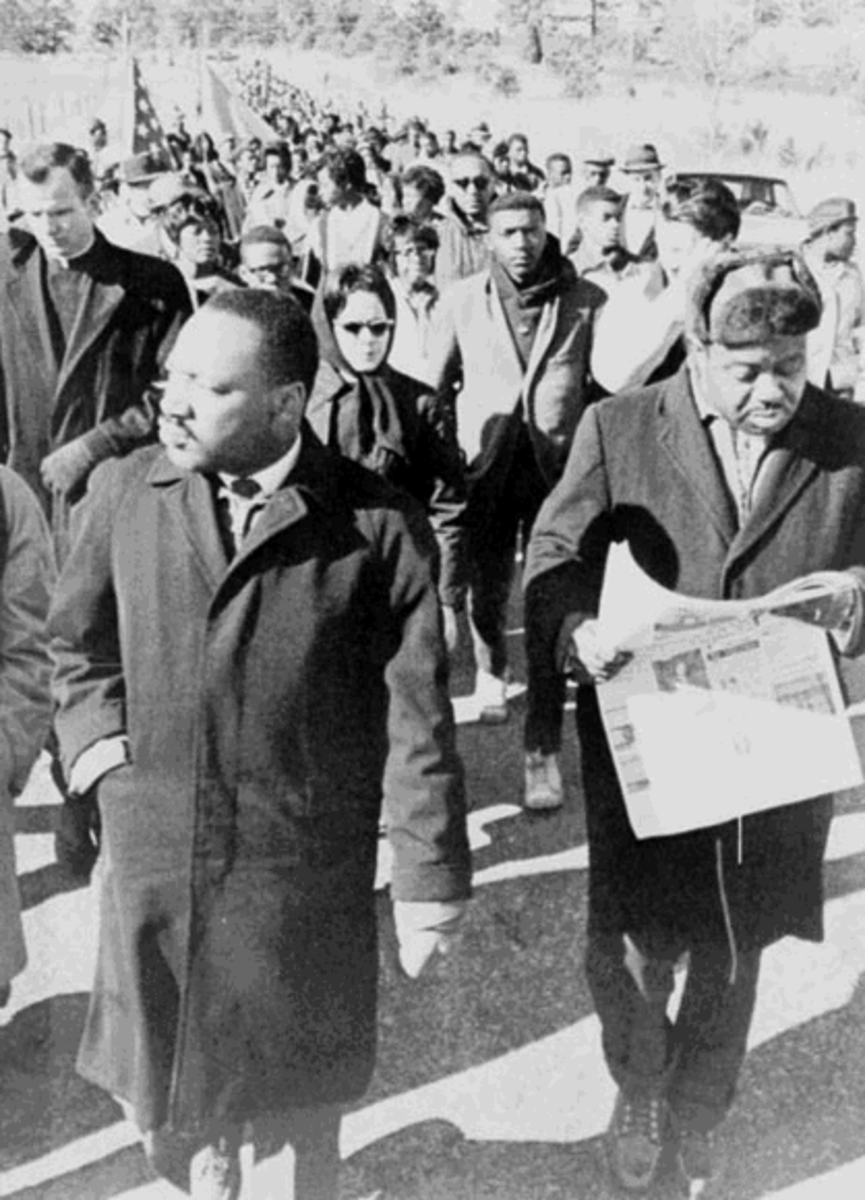Review of A New Deal for Blacks by Harvard Sitkoff. The Emergence of Civil Rights as a National Issue. Vol. 1.
Sitkoff, Harvard. A New Deal for Blacks. The Emergence of Civil Rights as a National Issue. Volume 1: The Depression Decade. New York: Oxford UP, Inc., 1978.

The issue of civil rights in America has been a continuous battle with slow progress and many setbacks, as discussed in Harvard Sitkoff’s book titled A New Deal for Blacks . Although slavery was outlawed in the 13th Amendment under Lincoln’s administration, racial inequality was the social norm until much later—arguably still today. The 1930s was more of a time of insight to “race relations trends” and increased social participation by blacks rather than a decade of radical change (ix). Sitkoff argues that the primary alteration during this era concerning racial equality was simply a change of public attitudes on race, the result of three complex causes: individuals and institutions willing to change, “impersonal forces behind them,” and a series of multifaceted events (viii).
There were numerous people during this era who were responsible for stirring attitudes about the African-American race. Although the blacks had rarely prospered in American society, Sitkoff believes they suffered more than anyone during the Depression and claims that starvation “haunted” them immediately preceding the New Deal. Marches were held to discourage the allowance of blacks to hold jobs until every white man had one, not one held a public office, and attendance of black people in college was astonishingly low, as well (35-6). As one of the most fervent individuals to combat this issue, Harry Ickes attempted to create jobs for blacks in his non-discrimination campaign, but his efforts were quickly thwarted by agencies such as the NRA and the CCC (47). Eleanor Roosevelt fought so passionately for racial equality in the White House, she was often rumored to have a black lover. Her husband (and his close companions) additionally had a concern for their justice, as well, and reportedly shared lunch with blacks; Roosevelt’s political advisors were constantly screening his actions so no white Southerners would be offended (42). Although the results could not be immediately identified, efforts made by individuals like Ickes and the Roosevelts battled conventional ideology concerning racial equality and gave hope to African-Americans that the government actually cared.
According to the author, another force in the crusade against discrimination was the transformation of racial philosophy in the 1930s. For example, contrary to avoiding the issue of race in politics, the black vote came to be seen as a potential power balance which giving political parties incentive to win their support. The Socialists were initially opposed to mentioning race, in fear that they would be branded as black as well as red, but the Communist party eventually became crucial in the construction of racial equality. Nazism had also scarred the subject of racism, and many scientific studies of race were also conducted during this time that showed that darker skin was not a cause for inferiority. This fought the common philosophy that was being preached that the blacks were descendants of Canaan and therefore had the obligation to serve. Popular culture also judges the shift in philosophy, as films and plays such as The Green Pastures , Kneel to the Rising Sun , Never No More , and Mulatto were written and produced. These examples coupled with several others show that thought concerning race was significantly changed in the decade of the Depression.
Innumerable events that occurred during this era were also discussed by Sitkoff as being causes for change. The U.S. Supreme Court during the administration of Roosevelt was heavily involved in miscellaneous racial equality cases, dealing with issues that ranged from voting rights to jury selection to unconstitutional verdicts. Americans was made aware of the hypocrisy of the Jim Crow laws which demanded equality but were never enforced. Segregation and anti-lynching were also prime issues during the 1930s, and often decided the platform for politicians running for office. Interracial groups such as the NAACP and the Urban League sprung to action during this time, giving support and providing hope for the African-Americans when they had no voice. It is evident why the author argues that certainly the mass of events during this time led to a reconstruction of public attitudes towards blacks.
In A New Deal for Blacks , Sitkoff identifies individuals, forces, and events which compose a conglomeration that proved beneficial to the equality struggle of black Americans in the 20th century. It is an incredible set of research and, although he notes that each chapter could be a book in itself, marvelously thorough. His stated purpose is fully accomplished by providing numerous examples of every claim, but in a way that does not turn away a curious individual with little knowledge of the decade discussed. Instead of viewing civil rights as an issue too vast to understand and unable to measure, one would finish his book with a great appreciation for the role the New Deal played in freeing the blacks from virtual slavery.







